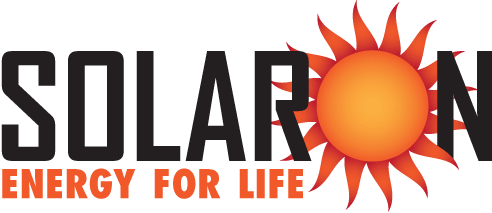
Getting to Know the Solar Consumer Protection Guide, Part 3
In our previous installment, we discussed determining the quality and legitimacy of a solar provider. We also went over financing options and how to find out about qualifying for incentives. In this installment, we go over what kind of savings you can expect on your electricity bill and just what is net metering.
Electricity Bill Savings
First off, it’s important to realize that installing a photovoltaic power system for your home or business does not guarantee 100% free electricity. A Sacramento solar contractor, like Solaron, works with estimates. We take your record of past electrical usage and compare it to the estimated output generated by the proposed system. This comparison allows us to calculate how much less electricity from the grid you might use in the future. There are several uncertain factors that might come into play, like:
- Increase in family members
- Purchase of one or more electric vehicles
- Added air conditioning for the summer due to climate change
- Increase of electricity prices and rates
- Gradual increase in shade over the panels, if trees are present
In some utility districts, such as SMUD, your solar system is limited by your annual usage, so that the likelihood of a surplus is controlled. In others, like Pacific Gas & Electric, you can build a system that goes beyond your annual consumption. With years of experience dealing with installing and maintaining solar systems, Solaron considers all these factors and helps you make good decisions. The main point — totally free electricity is possible, but not guaranteed.
Additional Savings and Perks from Solar Power
Speaking of savings on your electrical bill and electrical surpluses, net metering is one of the most popular benefits of a solar system. In short, net metering means any unused energy generated by your solar system gets pumped into California’s electrical grid, and your local utility is required to credit you for that “donation.” This could take the form of a discount on your electric bill, a cash refund at the end of the year, or some other method of reimbursement that you agree to for the year.
Depending on your system and financing options, you can also earn a Renewable Energy Certificate (REC) for each megawatt-hour added to the grid. These are also known as Green Tags, Tradable Renewable Certificates (TRC’s), or Renewable Energy Credits. They work as a tracking mechanism but can also be sold for profit to entities looking to offset their carbon emissions.
California also has a program in place called the Self-Generation Incentive Program. This program offers financial incentives to those who install a power storage system (like SunPower’s SunVault option) to work as a home or business battery when the sun goes down or when the power is cut off.
If you have questions about the limits of solar panel wattage in your area, the incentives you qualify for in your community, and the tax advantages of photovoltaic systems, contact Solaron for a free solar consultation. We are here to bring you solar for life!

